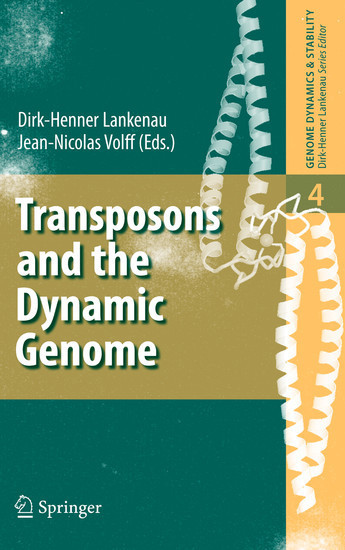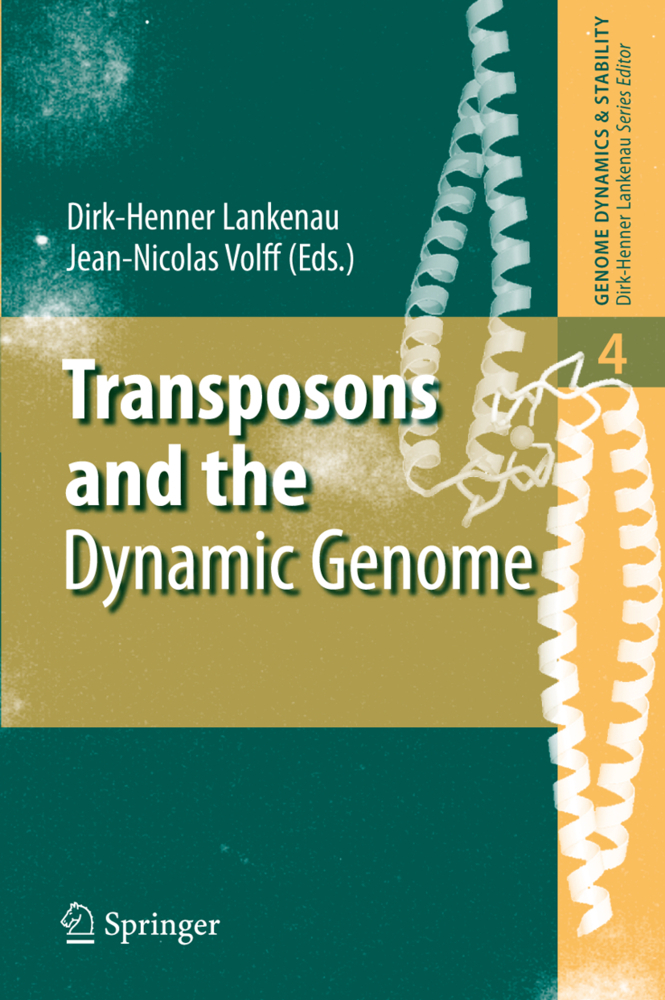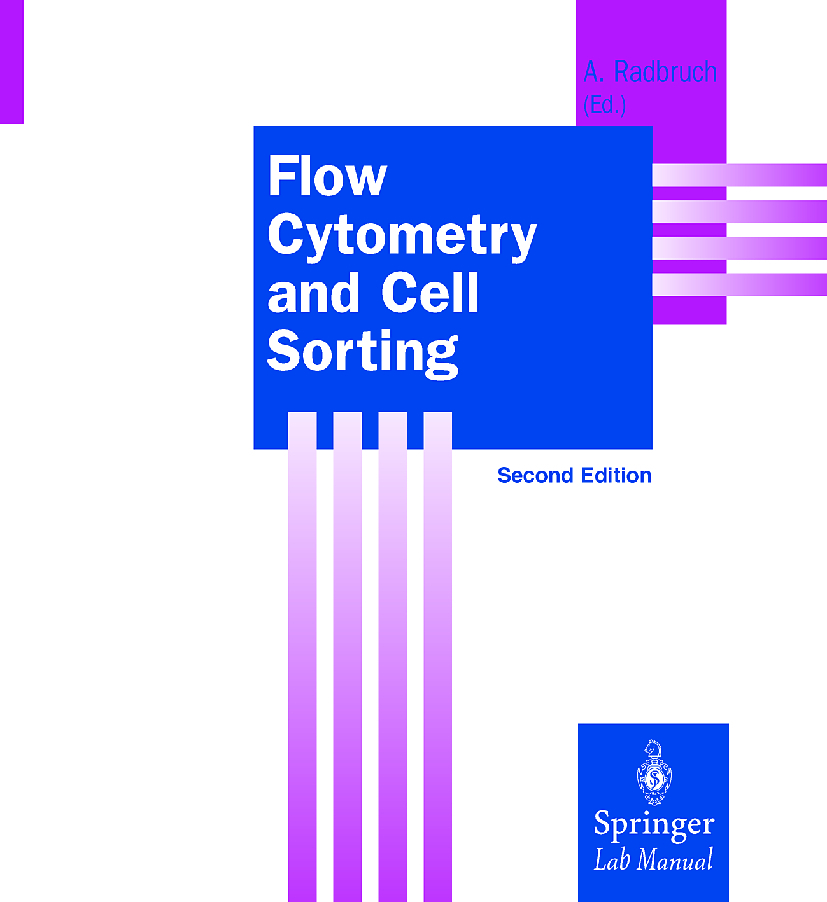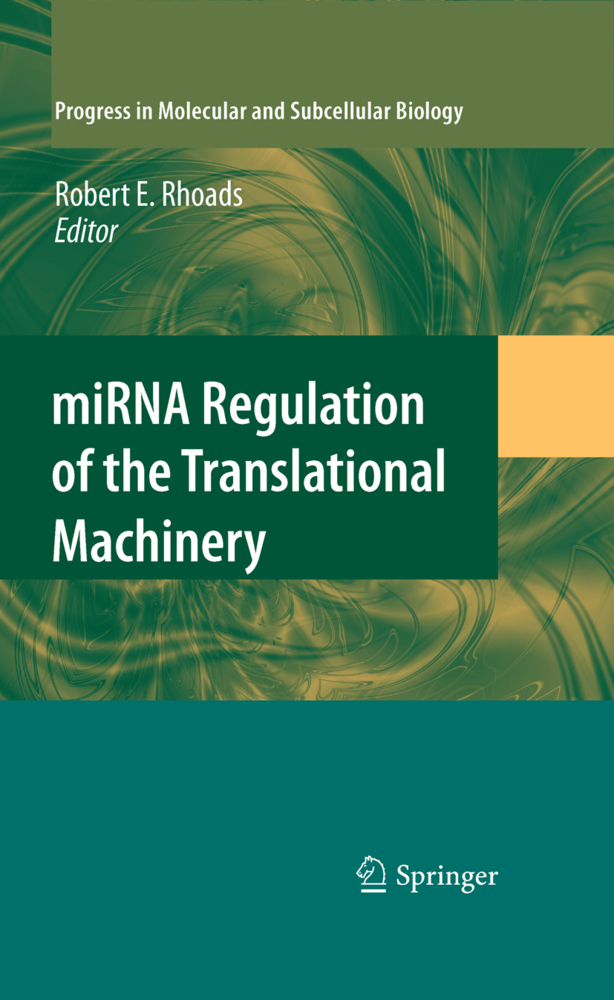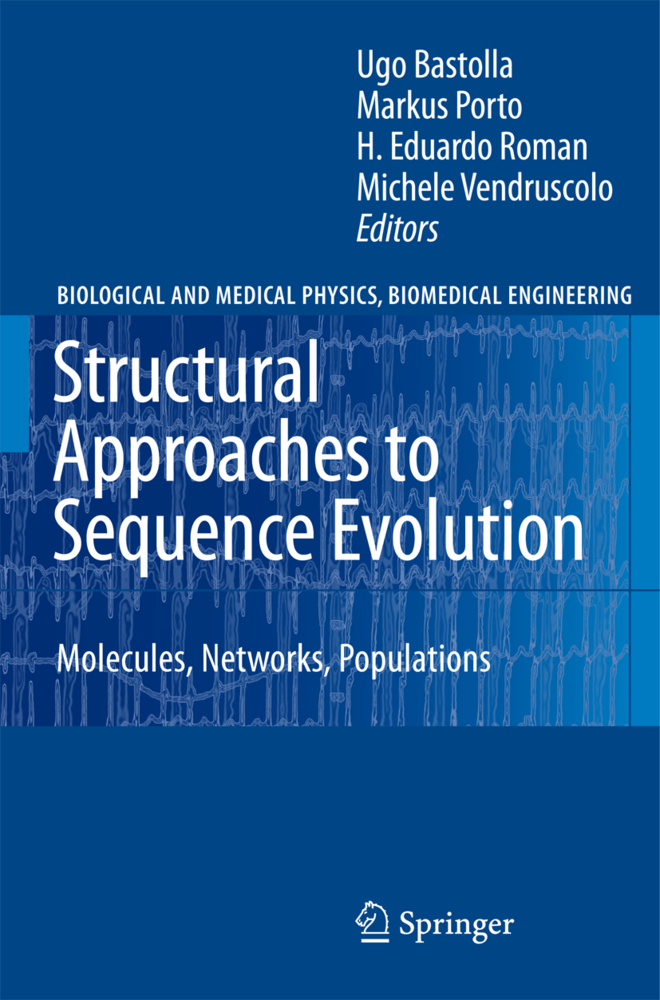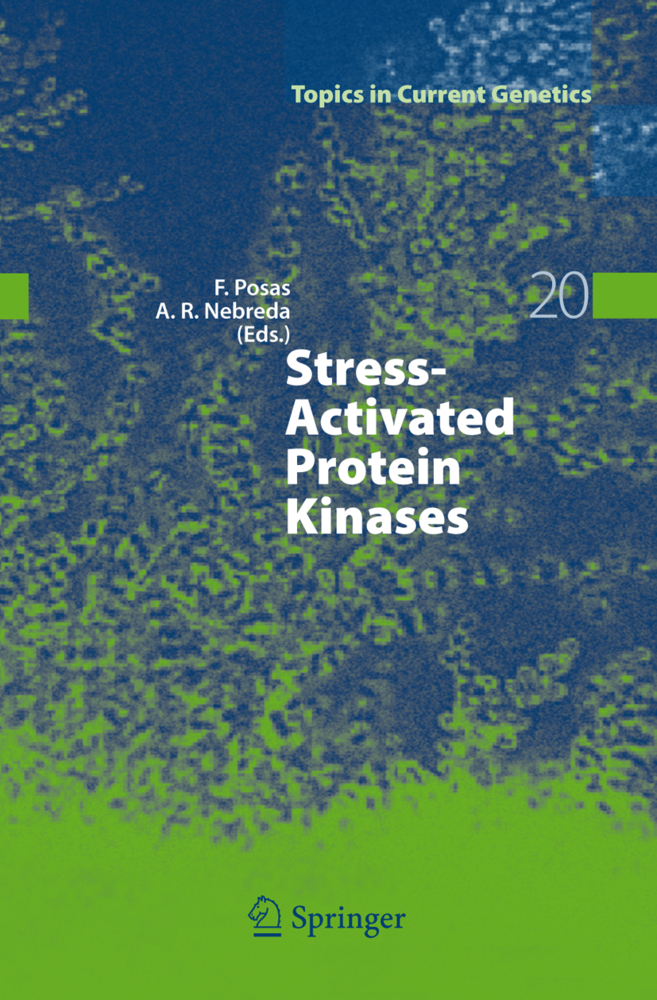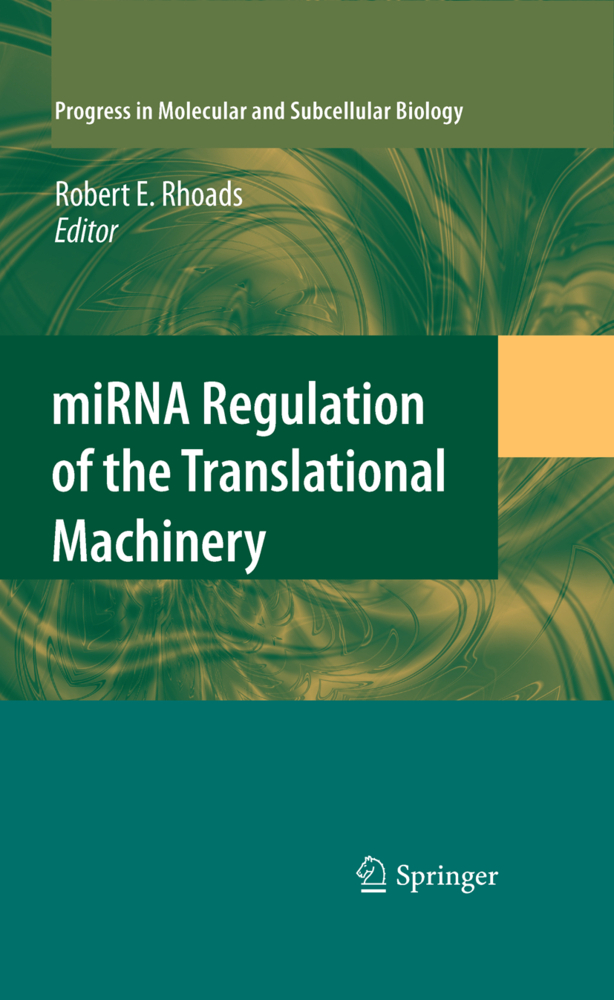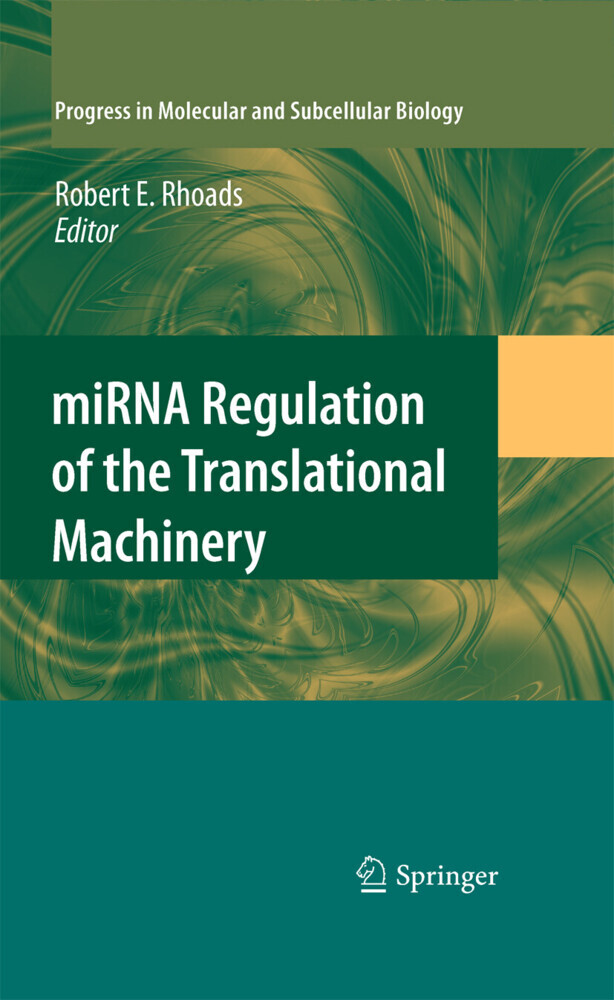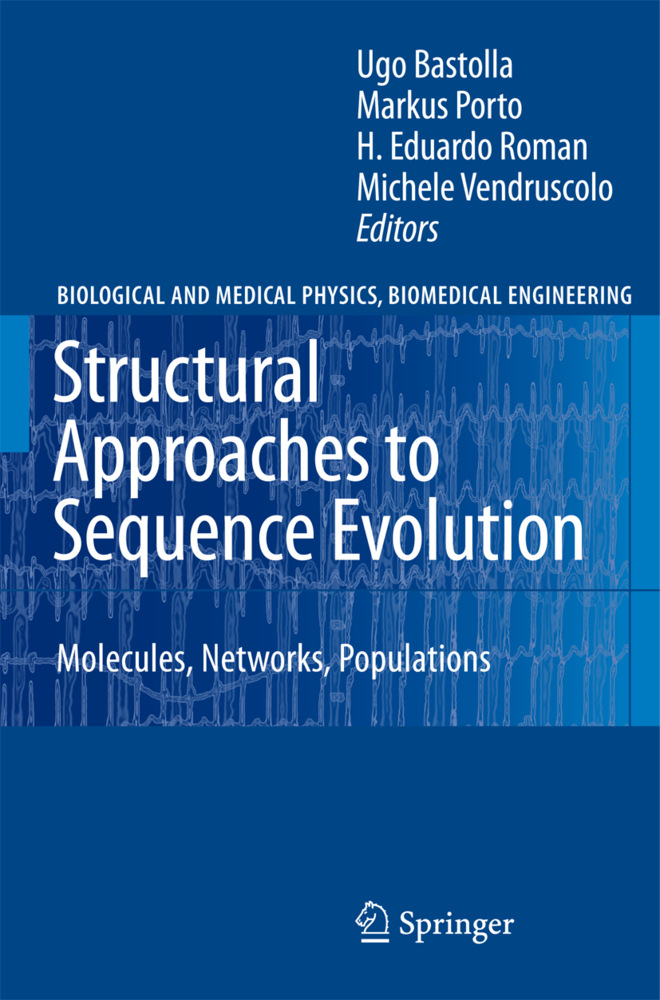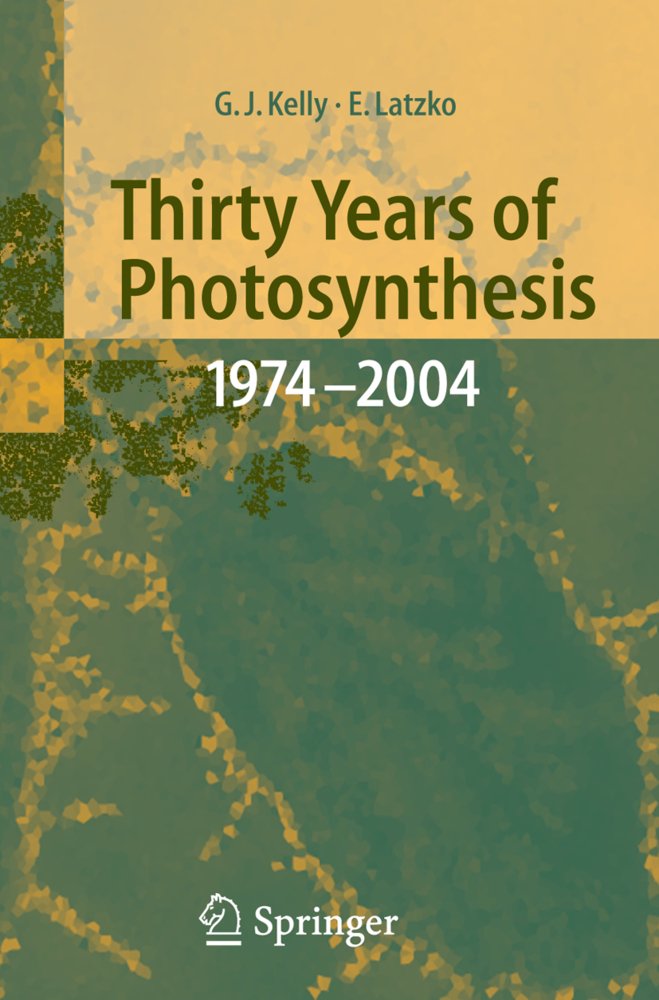There are only few major key functions that lie beneath the fundamental architecture of metabolism and life. These are multiplication, variation and heredity. Only if these factors interact synergistically can Darwinian selection power the evolution of biodiversity. Transposable elements have always played a major role in this process. The genomes of all organisms consist of chromosomes that are built up of double-stranded nucleic acid chains on whose stability and integrity the existence of cells depend. While DNA repair warrants the chemical integrity of DNA and protects it from metabolic and environmental mutagens, meiotic recombination and transposable element activity appear to counteract the molecular guardians of genome stability. Transposable elements and their kind often make up the bulk of genomic DNA, often approaching 50% of the genome. By contrast, the classic genes represent as little as 1.8% of genomic DNA, in case of the human genome.
1;Preface;6 2;Contents;14 3;Theoretical Approaches to the Dynamics of Transposable Elements in Genomes, Populations, and Species;17 3.1;1 Introduction;17 3.2;2 Genome Colonization;18 3.3;3 TE - Genome Coevolution;25 3.4;4 Conclusion;29 3.5;References;30 4;Infra- and Transspecific Clues to Understanding the Dynamics of Transposable Elements;36 4.1;1 Introduction;36 4.2;2 Lessons from the Past;38 4.3;3 Towards an Understanding of TE Regulation. From Sequence to Epigenetics;42 4.4;4 Conclusion;50 4.5;References;52 5;Morphological Characters from the Genome: SINE Insertion Polymorphism and Phylogenies;59 5.1;1 On the Importance of Getting the Phylogeny Right;59 5.2;2 SINEs;61 5.3;3 SINE Insertion Polymorphisms as Characters for Phylogeny;62 5.4;4 Methods;73 5.5;5 Conclusion;79 5.6;References;80 6;Genome Defense Against Transposable Elements and the Origins of Regulatory RNA;90 6.1;1 The Ascent of Regulatory RNA;90 6.2;2 RNAi and Genome Defense;92 6.3;3 TEs and microRNAs;94 6.4;4 Repeat-Associated Sequences and piRNAs;96 6.5;5 Transcript Infection Model;101 6.6;References;103 7;When Drosophila Meets Retrovirology: The gypsy Case;108 7.1;1 Introduction;108 7.2;2 Historical Background;110 7.3;3 Finding the Road to the Germline;111 7.4;4 Origin of the gypsy Env;112 7.5;5 Structural Analysis of gypsy Env;115 7.6;6 Functional Analysis of gypsy Env;116 7.7;7 Role of gypsy Env;116 7.8;8 Conclusion;117 7.9;References;118 8;Transposon-Host Cell Interactions in the Regulation of Sleeping Beauty Transposition;121 8.1;1 Introduction;122 8.2;2 The Sleeping Beauty Transposable Element: Structure and Mechanism of Transposition;122 8.3;3 Regulation of Transposition;123 8.4;4 Concluding Remarks;136 8.5;References;136 9;Interactions of Transposons with the Cellular DNA RepairMachinery;145 9.1;1 Introduction;146 9.2;2 The Types of DNA Damage Produced by Transposons;146 9.3;3 Cellular Processes Potentially Involved in Signaling and Repairing Transposition Intermediates;147 9.4;4 The Main Classes of Transposons;152 9.5;5 Repetitive Elements and Genome Stability;173 9.6;6 Transposition and Cell Cycle;175 9.7;7 Concluding Remarks;177 9.8;References;178 10;Subject Index;189
Lankenau, Dirk-Henner
Volff, Jean-Nicolas
| ISBN | 9783642020056 |
|---|---|
| Artikelnummer | 9783642020056 |
| Medientyp | E-Book - PDF |
| Auflage | 2. Aufl. |
| Copyrightjahr | 2009 |
| Verlag | Springer-Verlag |
| Umfang | 184 Seiten |
| Sprache | Englisch |
| Kopierschutz | Digitales Wasserzeichen |

